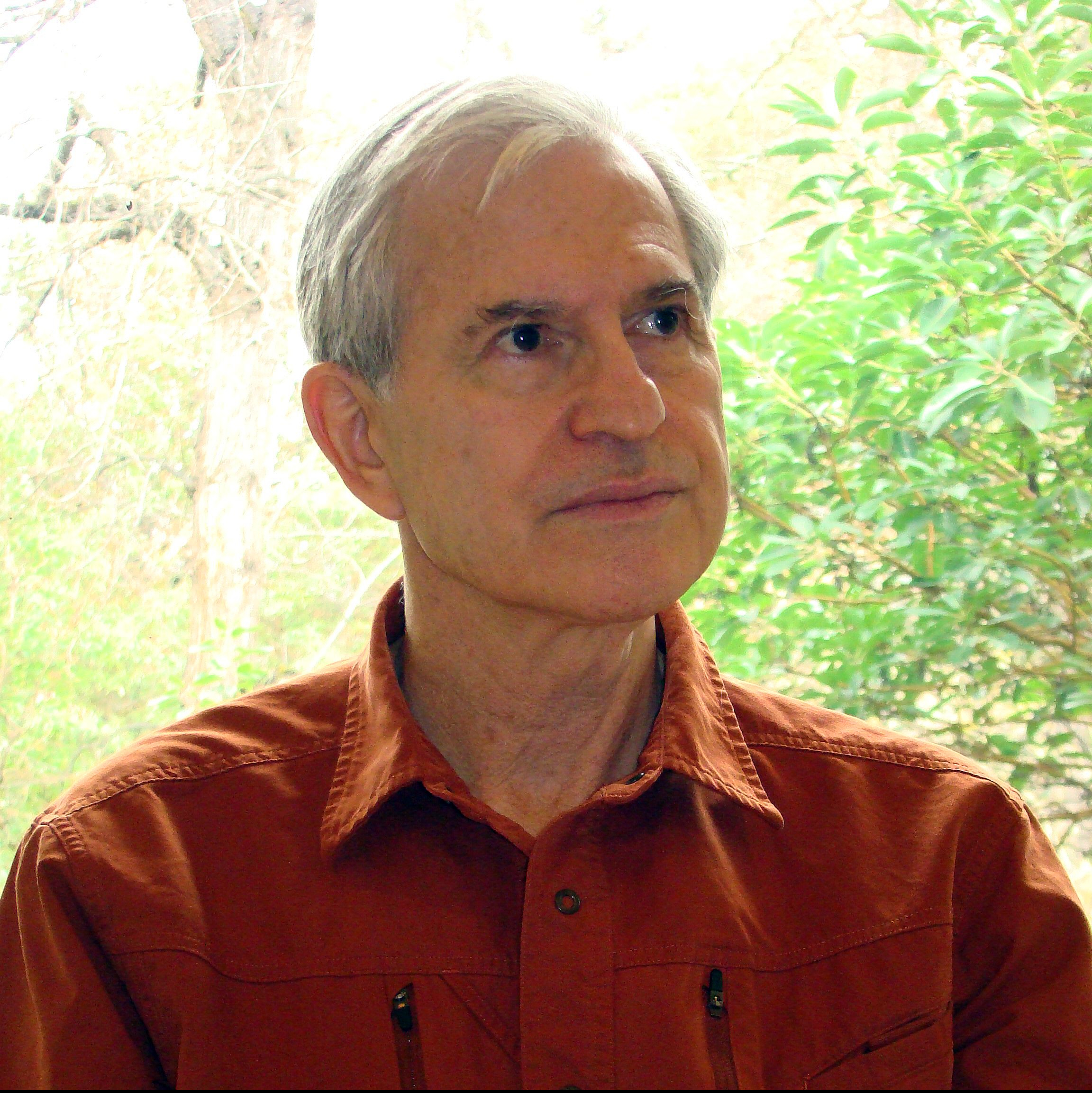Preprint
Article
Hybrid Classical-Quantum Fitting Attention States to Statistical Mechanics of Neocortical Interactions
Altmetrics
Downloads
450
Views
538
Comments
1
This version is not peer-reviewed
Submitted:
30 September 2021
Posted:
01 October 2021
You are already at the latest version
Alerts
Abstract
Several commerical quantum computers are now available that offer Hybrid Classical-Quantum computing. Application is made to a classical-quantum model of human neocortex, Statistical Mechanics of Neocortical Interactions (SMNI), which has had its applications published in many papers since 1981. However, this project only uses Classical (super-)computers. Since 2015, PATHINT, has been used as a numerical algorithm for folding path-integrals. Applications in several systems in several disciplines has generalized been from 1 dimension to N dimensions, and from classical to quantum systems, qPATHINT. Papers have applied qPATHINT to neocortical interactions and financial options. The classical space described by SMNI applies nonlinear nonequilibrium multivariate statistical mechanics to synaptic neuronal interactions, while the quantum space described by qPATHINT applies synaptic contributions from Ca2+ waves generated by astrocytes at tripartite neuron-astrocyte-neuron sites. Previous SMNI publications since 2013 have calculated the astrocyte Ca2+ wave synaptic interactions from a closed-form (analytic) expression derived by the author. However, more realistic random shocks to the Ca2+ waves from ions entering and leaving these wave packets should be included using qPATHINT between electroencephalographic (EEG) measurements which decohere the quantum wave packets. This current project extends calculations to multiple scales of interaction between classical events and expectations over the Ca2+ quantum processes to include these random shocks to fit EEG data to the SMNI model, with previous analytic forms for the quantum processes replaced by qPATHINT. The classical-quantum system is fit using the author's Adaptive Simulated Annealing (ASA) importance-sampling optimization code. Gaussian Quadratures are used for numerical calculation of momenta expectations of the astrocyte processes that contribute to SMNI synaptic interactions. This project demonstrates how some hybrid classical-quantum systems may be calculated using only classical (super-)computers. Recent calculations also are reported using the closed-form expression, with and without shocks.
Keywords:
Subject: Physical Sciences - Applied Physics
Copyright: This open access article is published under a Creative Commons CC BY 4.0 license, which permit the free download, distribution, and reuse, provided that the author and preprint are cited in any reuse.
MDPI Initiatives
Important Links
© 2024 MDPI (Basel, Switzerland) unless otherwise stated




